New: TOC Application Handbook, Version 2
Online and Laboratory TOCs
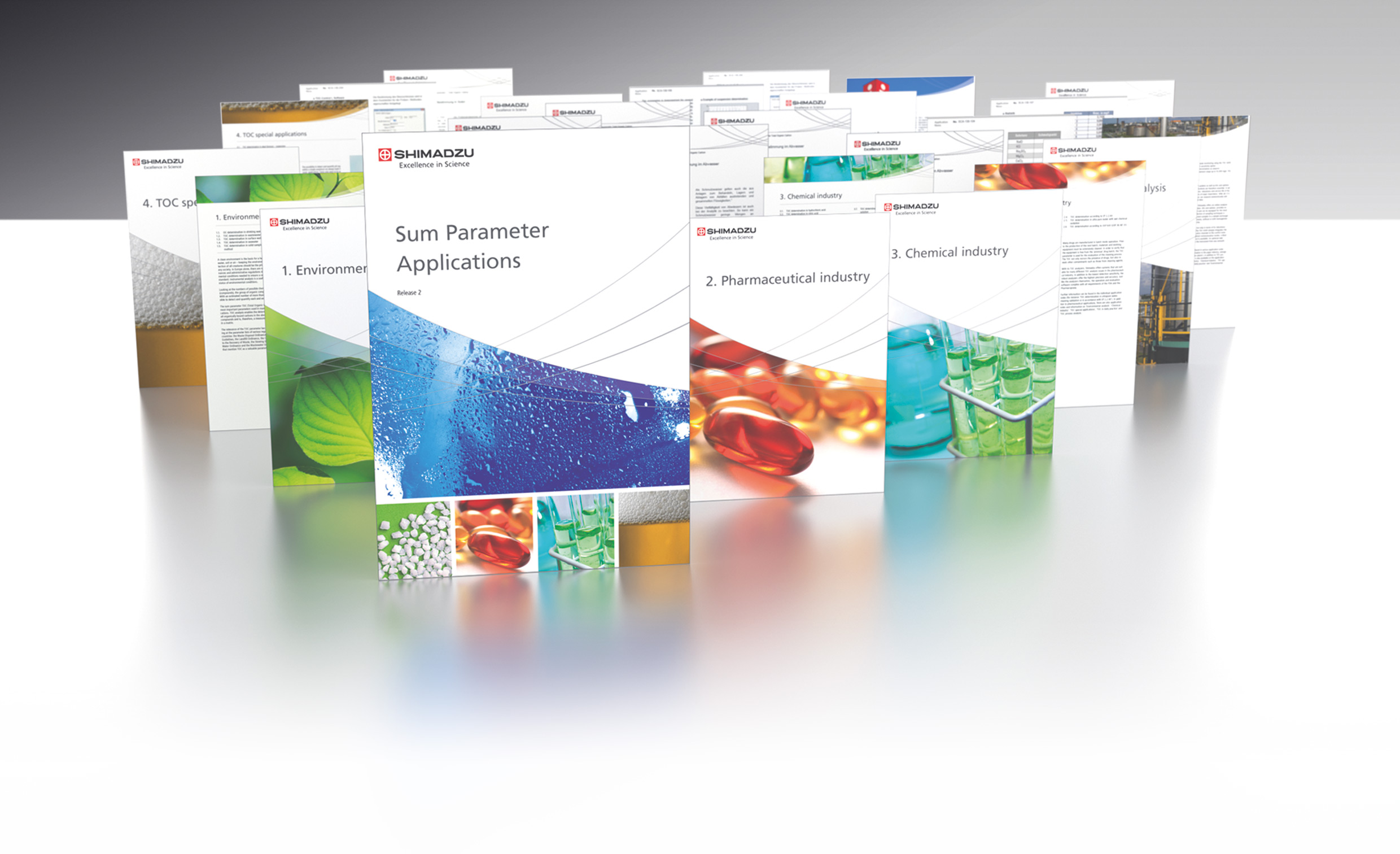 TOC Application Handbook
TOC Application Handbook
As a leader in TOC technology, Shimadzu has been setting standards with its analyzers for decades. The wealth of Shimadzu’s experience continuously flows into the development of its TOC systems. In consequence, Shimadzu’s online analyzers, as well as laboratory TOC systems offer the highest flexibility, high availability, tremendous robustness and stability, straightforward and intuitive operation accompanied by advanced control and evaluation software. Users benefit from personal support; many additional functions facilitate their work and offer latitude for other important tasks.
In 2012, Shimadzu has summarized its available experience and information in the first TOC Application Handbook. In the currently published second revision, the existing chapters have been extended and now include 50 application and information notes in more than 100 pages. The TOC Application Handbook contains the following chapters:
1. Environmental analysis
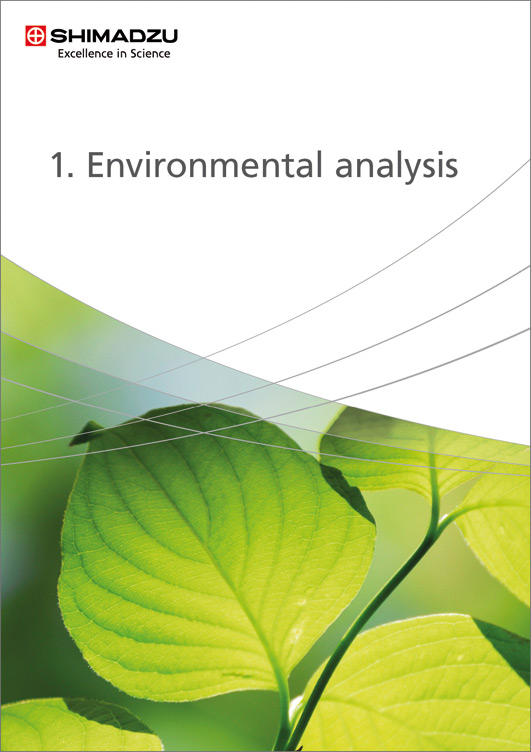
TOC analysis is carried out in a wide variety of environmental matrices – from groundwater to seawater, from drinking water to wastewater, from soils to sewage sludge. This chapter discusses the diversity in environmental applications and their many varying challenges. In addition to the different concentration ranges, conditions are always diverse, such as salinity or number of particles.
2. Pharmaceutical industry
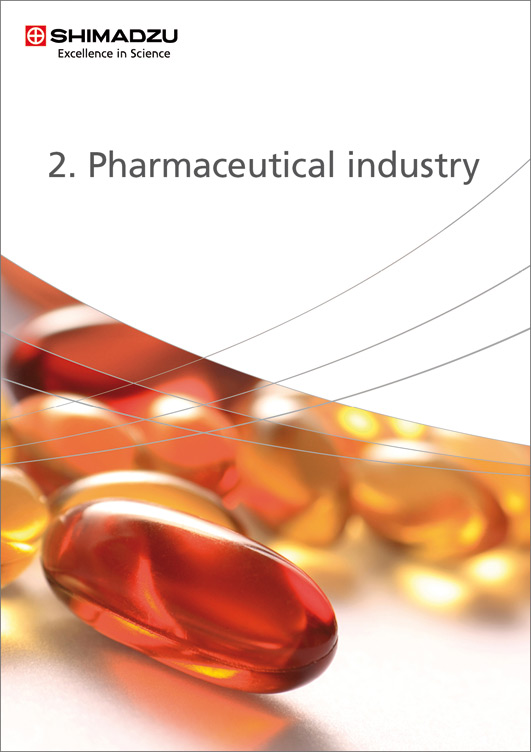
The TOC determination is described in the European Pharmacopoeia (EP). The sum parameter serves as a measure for contamination by organic components. Not only the method itself is described, but also a test to verify the suitability of a TOC analyzer for the analysis. Recent changes in the American Pharmacopoeia and their effects on validation are presented in a new application note. Furthermore, the various samplers for TOC analysis in cleaning validation are highlighted.
3. Chemical industry
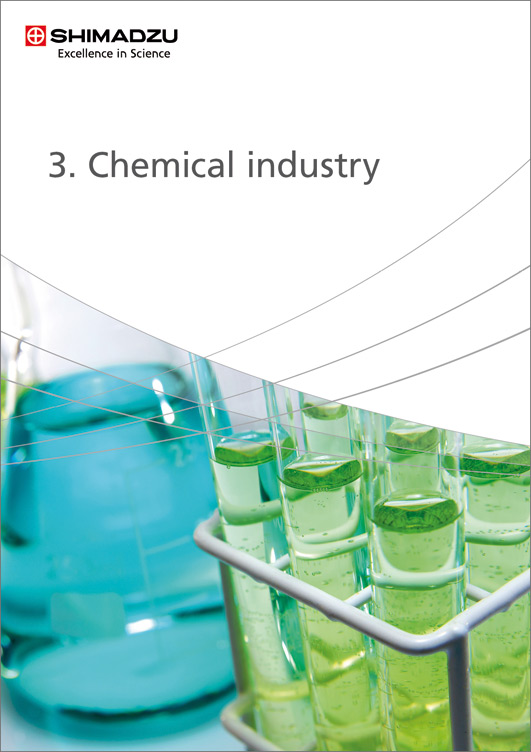
Incoming goods control plays an important role in the chemical industry. Impurities present in reagents often also constitute the impurities in products. In addition to the targeted analysis of known compounds, sum parameters can help to assess the raw chemicals with regard to their impurities. TOC is important here: this parameter describes the contamination by organic compounds and specifies the total amount of organic carbon. TOC can, therefore, also be used for the assessment of inorganic chemicals.
Descriptions for TOC determinations in phosphoric acid and in diluted hydrofluoric acid have been added.
4. TOC special applications
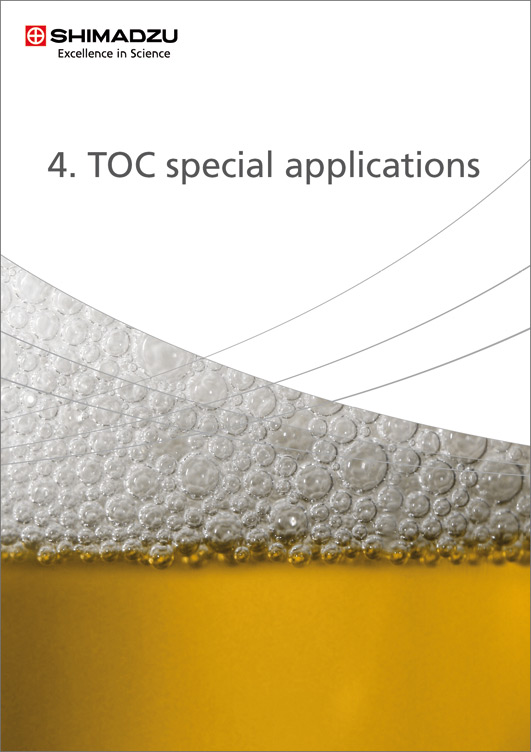
Due of its informative significance, the TOC sum parameter is widely applicable. It mirrors the total concentration of organically bound carbon or organic compounds.
Besides the environmental, pharmaceutical or chemical industry, the TOC parameter is used in numerous other complex applications. Often, it is the scientific curiosity and ingenuity of users who want to solve an analytical problem or simplify analytics that leads to finding the key to the answer in the TOC parameter.
5. TOC in daily practice
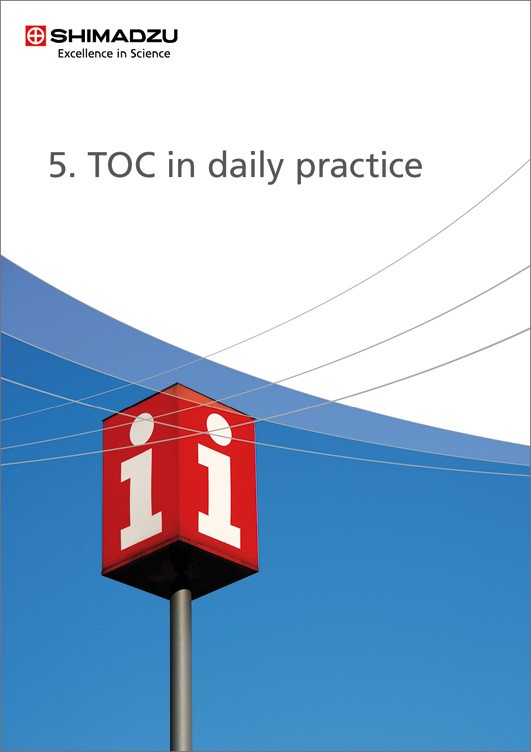
This chapter deals with the individual modules, kits, options and supported functions of Shimadzu’s TOC analyzers. Concepts and methods are also described. Information on related sum parameters such as BOD (biochemical oxygen demand) and COD (chemical oxygen demand) are included.
Many users want to calculate the COD from the TOC and, therefore, need correlation factors. These correlations depend on various parameters. Examples show how the COD factor can be mathematically determined. They further illustrate why COD factors may be so different, due to the sample components. Hence, the bandwidth of the conversion factors ranges from <1 to >5, depending on how much oxygen is already bound to the organic compounds. In addition, inorganic compounds such as nitrites, bromides, iodides, metal ions and sulfur compounds are also oxidized and co-determined in a COD determination, and therefore may also have an effect the conversion factor.
6. TOC process analysis
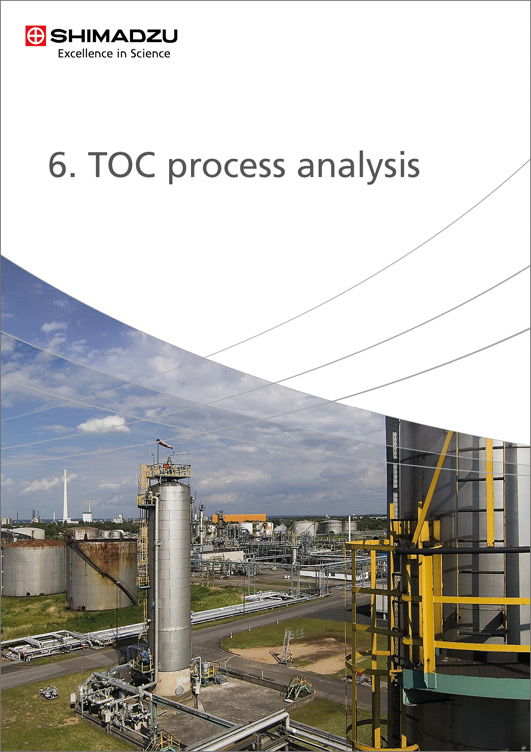
Particularly during process control, it is important to obtain fast, continuous and informative data on the organic pollution levels of waters. In TOC process analysis, the sample is continuously fed to the measuring system for subsequent measuring. This way, the control room can react promptly to any possible process changes.
One of the most important attributes of a TOC process analyzer is its versatility. Since a TOC process system is not available ‘off the shelf’, each measurement must be customized to the particular measuring problem, the matrix and the sampling location. The analyzer can be tailored to the specific measuring task. Many analyzers are used in wastewater control where, depending on the type of industry, the wastewater may have a very different matrix. A further application area is continuous TOC determination of ‘clean’ water, such as condensates. For this purpose, there is an option for which the specifications were described in a separate application note.